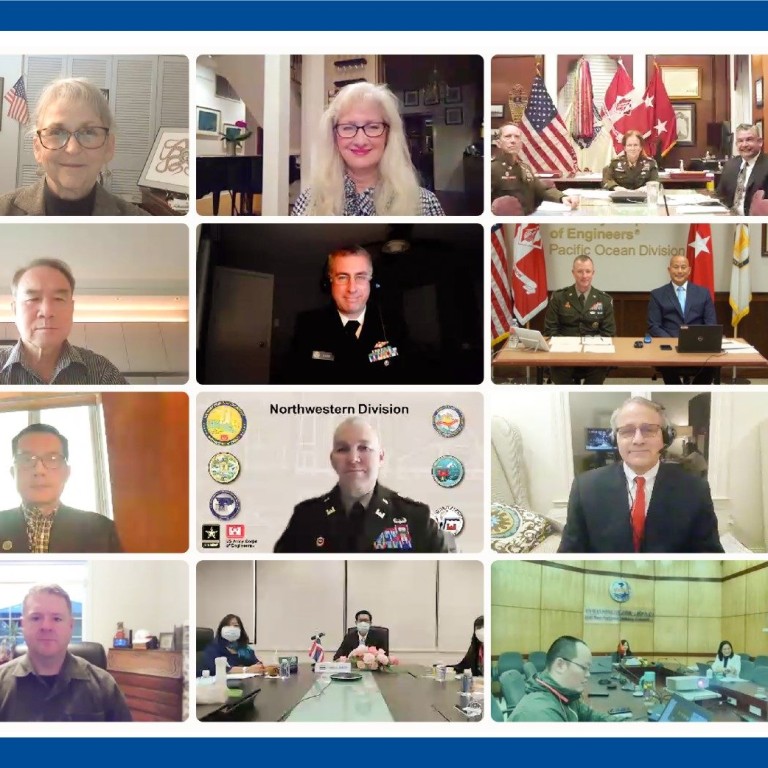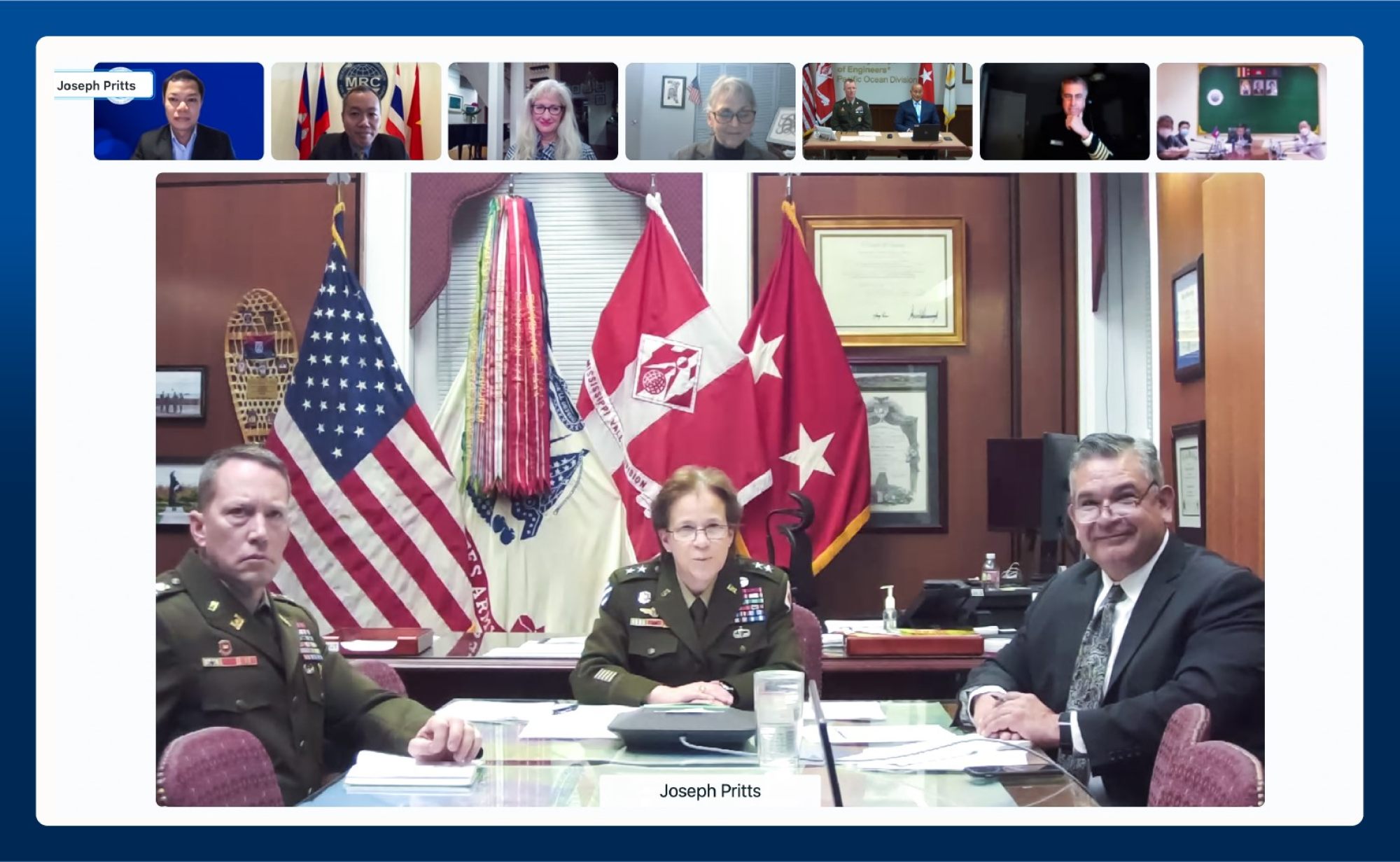
Ahead of Blinken’s Southeast Asia visit, US steps up rivalry with China in Mekong region with funding, Mississippi tie-up
- US announces new grant for the Mekong River Commission to promote data sharing over the waterway, where some blame Chinese dams for causing droughts
- Support comes ahead of a visit to the region by Secretary of State Antony Blinken, who is expected to have China’s actions in the Mekong on his agenda
The sum of US$773,570 will also be used for continued exchanges with the Mississippi River Commission, according to an announcement made last Friday during a virtual meeting between the MRC and the Mississippi River Commission where some 50 senior representatives from both sides attended.
The support, provided under the framework of the Mekong-US Partnership, will run for a period of three years from 2021 to 2024, the MRC said on Thursday.
Christine Dawson, director of the Office of Conservation and Water at the US Department of State, said the funding would support the MRC in promoting and improving transparent water data sharing.
“Although small, this grant will provide strategic support to the important work of the MRC in the Mekong and wider region,” Dawson said, referring to the programme which will address data gaps and improve data sharing for impact monitoring and forecasting.
The MRC and the Mississippi River Commission – with technical support from the US Army Corps of Engineers – have conducted several exchange visits and shared knowledge and experience of river basin planning and disaster management.
Are Chinese dams on the Mekong the next US-China battleground?
In recent months, Washington has stepped up efforts in countering Chinese influence in the region, including by launching the Mekong-US Partnership. Major initiatives under the partnership include the donation of 8.5 million vaccine doses and close to US$60 million in pandemic assistance to Mekong region countries.
Last December, the US launched the Mekong Dam Monitor, an open-source online platform for near-real time monitoring of dams and environmental impacts in the Mekong Basin.

At August’s East Asia Summit foreign ministers’ meeting, US Secretary of State Antony Blinken called for “a free and open Mekong”. During his visit to Southeast Asia next week Blinken is expected to discuss “unilateral Chinese actions in the Mekong River”.
In recent months, critics have accused China of blocking the flow of the Mekong at its upstream hydropower dams, causing droughts in countries downstream. Beijing has denied the charges.
John Lichtefeld, a non-resident fellow with the Stimson Centre’s Southeast Asia programme, said the Mississippi and Mekong deltas were remarkably similar so lessons learned in one basin were often applicable to the other.
Too little, too late for the US around the Mekong? China’s already there
“Scientists working in these areas have recognised this for quite a while, and in the mid-2000s began collaborating through the Delta Research and Global Observation Network (Dragon), which was one of the forerunner programmes for what would become the US Lower Mekong Initiative,” Lichtefeld said, referring to the initiative which later expanded to become the Mekong-US Partnership.

Sam Baron, a Southeast Asia analyst at The Asia Group, said both the Mississippi and Mekong river commissions had dealt with significant flooding problems and were therefore well-positioned to learn from each other, especially in river-basin planning and disaster management.
“Dispatching those knowledgeable from the Mississippi River Commission to share information and build capacity with regional partners at the MRC to better monitor water strengthens the technical capacity of the MRC and grants the US the opportunity to substantively engage with some of the region’s emerging institutions,” Baron added.
Thitinan Pongsudhirak, political science professor and director of the Institute of Security and International Studies at Thailand’s Chulalongkorn University, said the tie up between the two river commissions was “a further step as a bulwark against China’s upstream dams and unilateral Mekong takeover”.
“The US government is clearly on a full-court press in Southeast Asia,” Pongsudhirak said, adding that the grant to the MRC would give the commission more resources to work with and was another sign of US commitment to Southeast Asia in the face of China’s LMC mechanism.
“It is clear that the US is pushing back against China in both maritime and mainland Southeast Asia. Before we saw more maritime [action] but now the Mekong mainland is also seeing US reassertion,” Pongsudhirak said.

